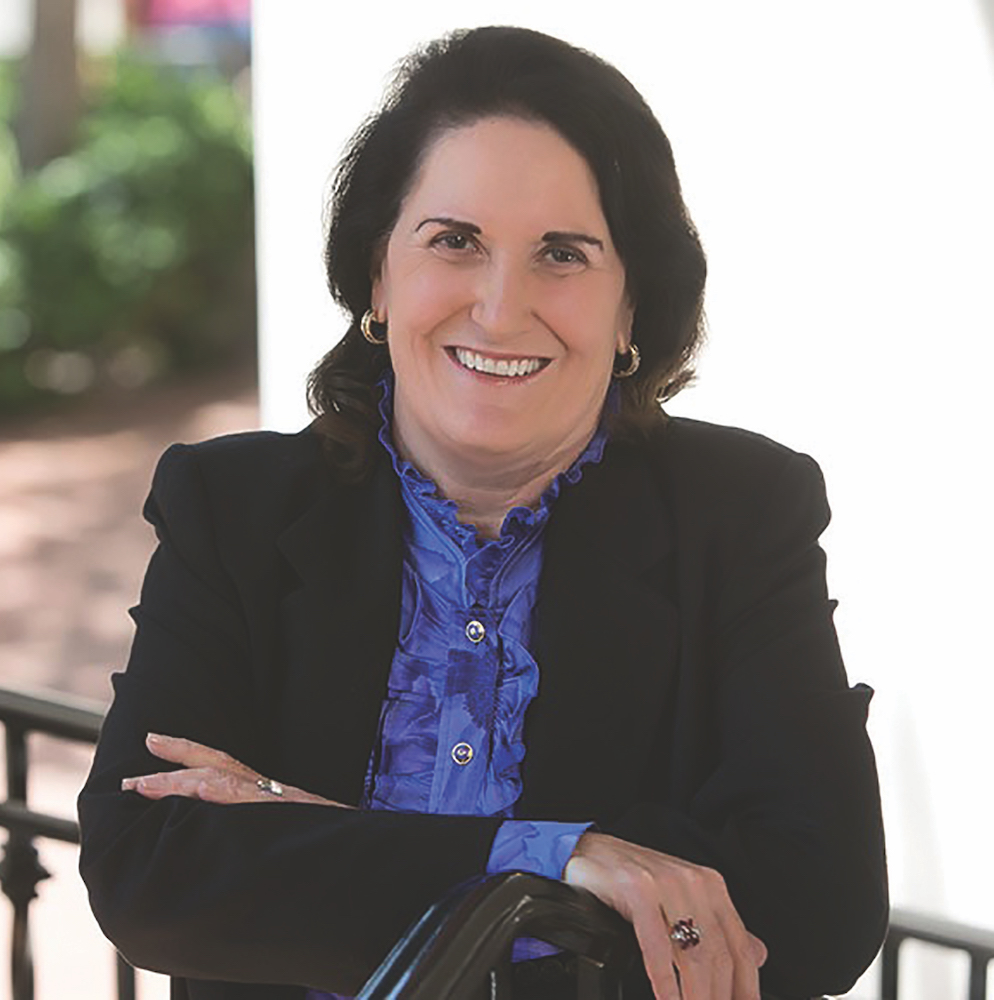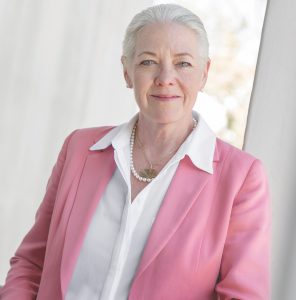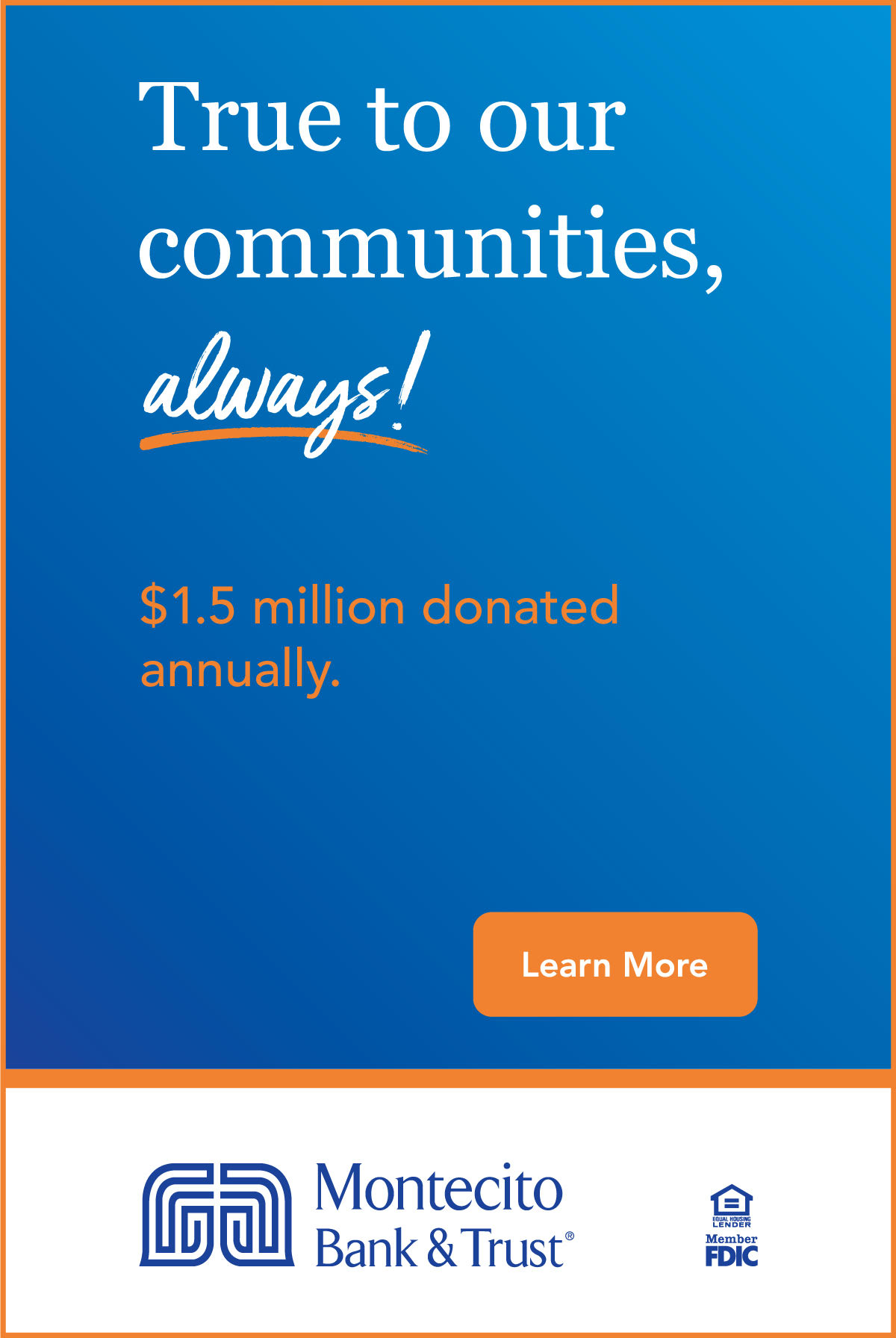Preserving Santa Barbara’s Environment

Susan F. Petrovich, an expert in environmental law, land use, and real estate at Brownstein Hyatt Farber Schreck in Santa Barbara, has dedicated nearly five decades to the dual mission of preserving the environment’s beauty and resources while safeguarding the livelihoods of farmers and ranchers.
Petrovich’s love for the land and commitment to those who work it were ingrained during her childhood. As a “free range” child, she explored the wonders of nature, galloped on horseback, and swam in the creek waters. With a deep affection for animals and an interest in biology, Petrovich would have pursued a career as a veterinarian if not for her aversion to the sight and smell of blood.
Petrovich embarked on a legal career in the 1970s, a time when the profession was predominantly male, setting her apart as one of the few women at the table. Looking back on those challenging days, she recalls, “I faced resistance from male judges and attorneys, but my resilience was honed during my upbringing in the Army. I vividly remember one attorney who openly boasted about making female lawyers cry, though he never dared to test that with me.”
Today she continues to handle complex cases about environmental matters, representing both public and private sector clients. She spends her free time with dogs by providing free dog obedience school at her house every Sunday morning. “I am training the people, not the dogs,” she jokes.
In this Q&A, Petrovich shares her perspective on affordable housing challenges, the struggles of farmers and ranchers, her legal contributions to marginalized communities, and collaborative efforts between government entities and private businesses in environmental conservation.
Q: What are the most critical social issues confronting your community?
A: Affordable housing in the community. There just is not enough housing to meet demand. Countless families are living in poorly maintained apartments, often with several families crammed into an apartment meant for one family, or living in garages and similar structures not suitable for residential use. The City and County both have fallen behind when it comes to providing housing for the people who wait tables, clean hotel rooms and homes, and who work in other low-paid jobs. The City and County are trying to make up for lost time, but the shortage is significant. I was so proud of Montecito when Sharon Byrne organized a program for getting homeless people into safe housing so they weren’t sleeping outside near roadways, railroad tracks, or creeks and rivers. We truly need more programs like this, especially as winter approaches.
Much of your career has been focused on land use. What are some of the challenges that farmers and ranchers in Santa Barbara County face when it comes to preserving their lands and maintaining their operations?
New conservation laws requiring significant changes in or replacement of farm equipment and ordinances to keep agriculture far away from streams, rivers, and native plants have undercut farmers and ranchers and their employees’ survival chances in the future. People who live in Santa Barbara County talk about how beautiful it is and how important it is to save our open spaces, but they have no clue as to the hard time that farmers and ranchers have in keeping their land in operation and preserving our environment. The average public doesn’t understand: open lands come at a high price and many farmers and ranchers are forced to sell their lands when the older generation dies or when the thin margins with which they operate become even finer – such that they can’t keep their heads above water, can’t send their kids to college, and can’t convince their children to stay in the agricultural business because it’s too tough to make a living, despite the hard work involved. The rural areas also have significant poverty among the farmworkers. Because this County makes it difficult to get a permit for onsite employee dwellings, many have to drive long distances to and from work, leaving their families in Ventura because that’s the closest area with affordable housing.
Could you provide some instances of how your legal expertise has been utilized to provide support to marginalized communities?
I have spent my entire career working to oppose County ordinances that make it difficult if not impossible for farmers and ranchers to make a decent living and to provide for rural housing, particularly for farmworkers. We’ve made some progress but not enough. For example, many years ago, a group of farmers convinced the County to adopt an inexpensive way to get a permit to build second-generation housing. But the County added a sunset clause in the ordinance and when the sunset date came, the County declined to renew the ordinance. I also helped write the Agricultural Element to the County’s General Plan, making sure that urban development wouldn’t swoop in and take over agricultural lands and farmers and ranchers wouldn’t be forced to allow public trails through their agricultural operations. Currently, the County is considering a plan that is intended to allow non-agricultural uses (including a wide spectrum of recreational uses) on agricultural land to increase the revenue stream for farmers and ranchers. I applaud the effort but, unlike other counties that have opened this kind of program to a committee that comprises environmental experts and farmers and ranchers, our County did not include feedback from farmers and ranchers.
How do government entities and private businesses collaborate to conserve the environment? Where have they achieved success?
Much of the collaboration to preserve water and the environment has been launched by private citizens, generally through nonprofits. Heal the Ocean, for example, initiated an effort to clean up the beaches and, for the Summerland area, re-cap the oil wells that blanketed the beach and the ocean in the 1800s and early 1900s. These oil wells have been oozing oil and tar for decades and no one did anything to fix the problem. Thanks to a team that included experts, the State Lands Commission, Heal the Ocean, and others, those wells are being capped properly, one at a time.


